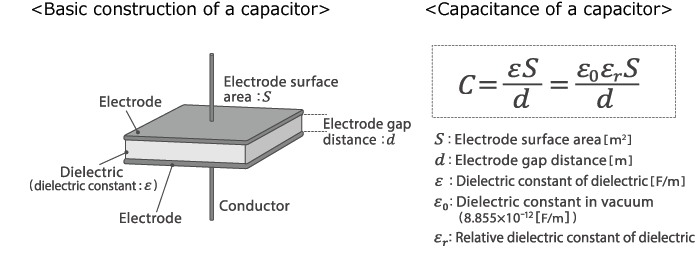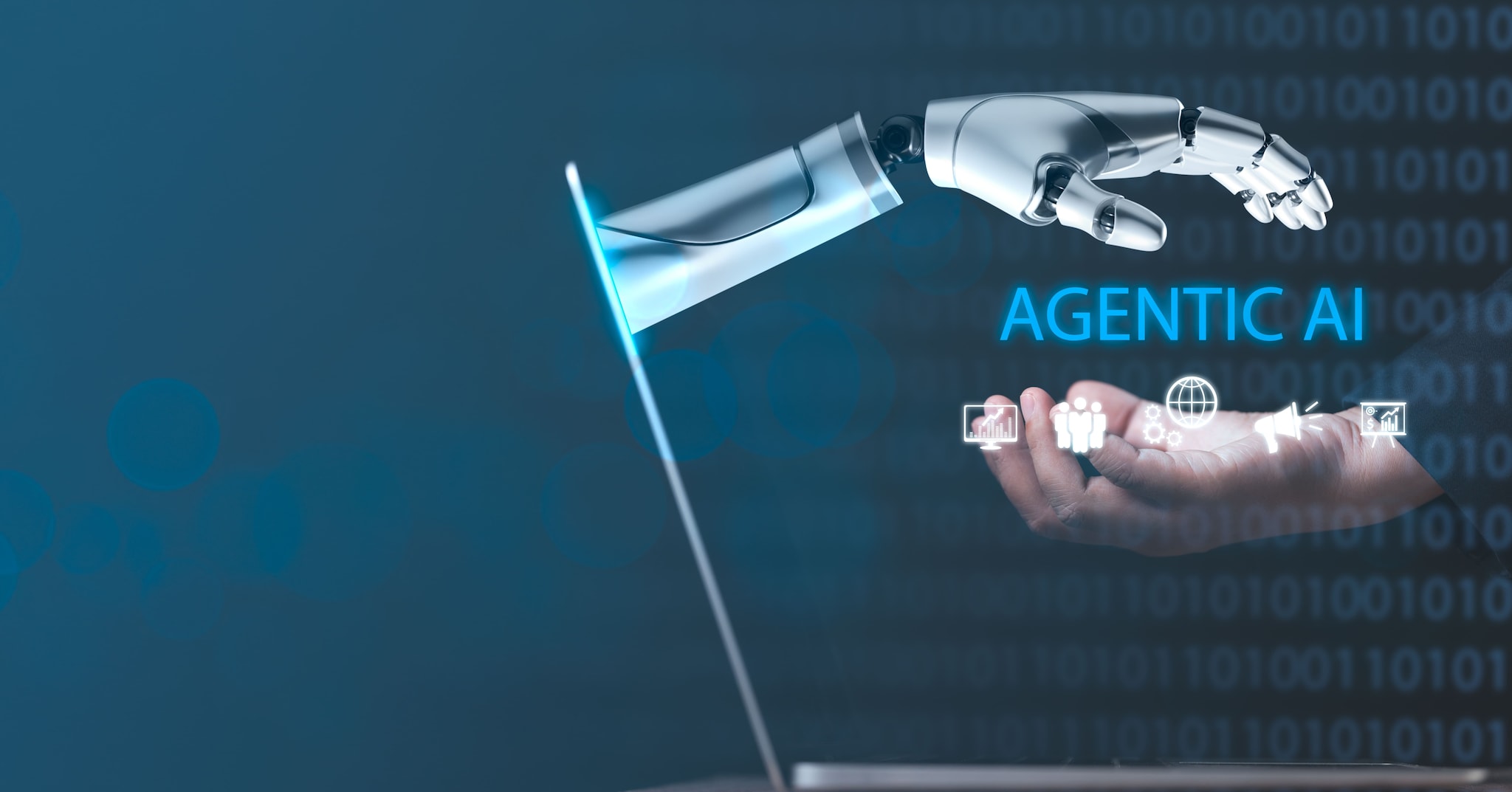Bridging the Past, Present, and Future of Tech
Agentic AI: What Are AI Agents and Why Do They Matter
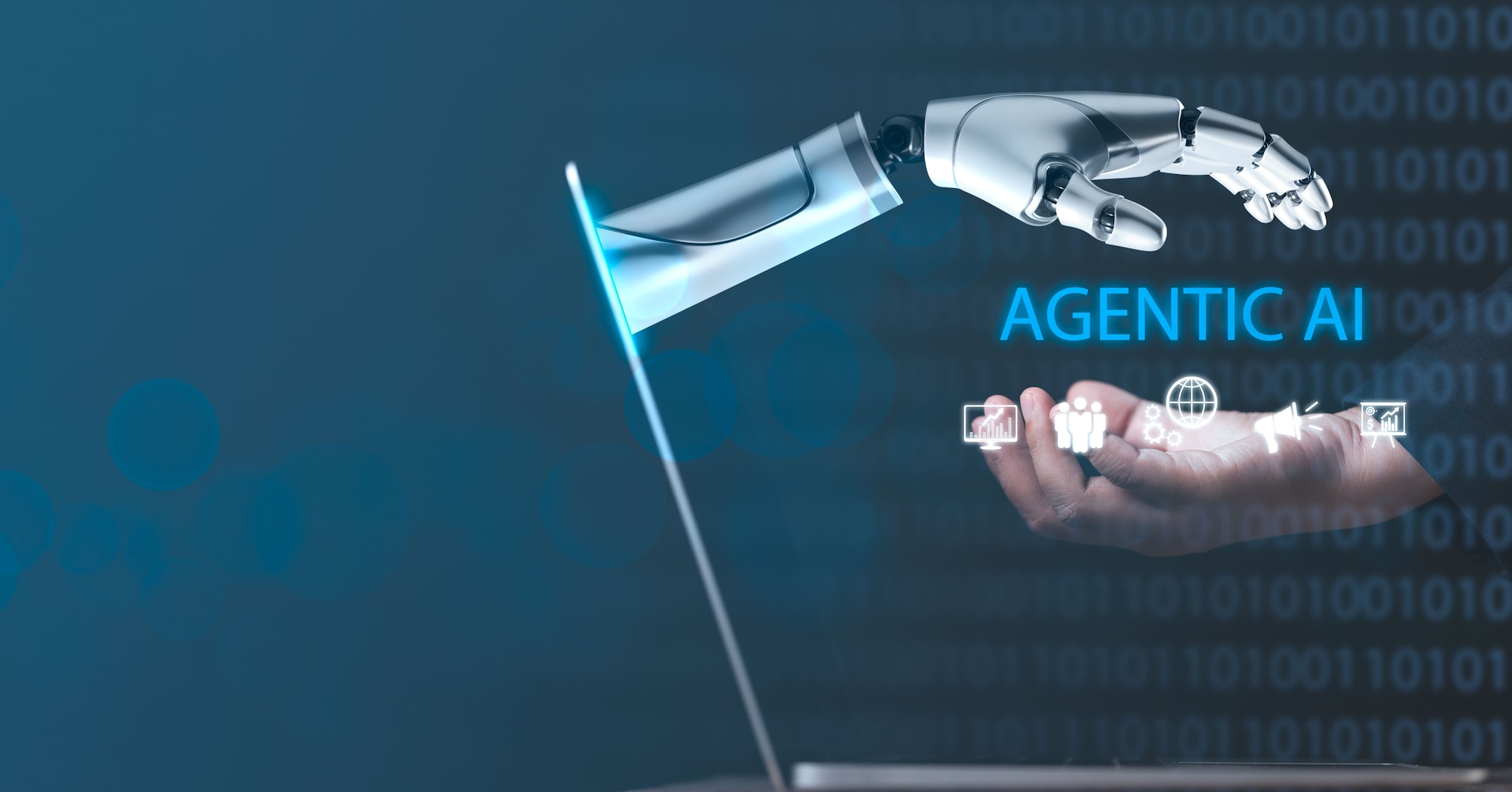
Key Takeaways
● Agentic AI introduces intelligent agents system that act autonomously, setting goals, planning steps, using tools, and adapting to new information.
● Unlike traditional LLMs, AI agents is a software that automatically performs defined tasks.
● Agentic AI is driving automation and innovation in business operations.
● Popular frameworks, such as LangChain, Auto-GPT, CrewAI, and AutoGen, make it easier to build and deploy agents.
● Organizations that embrace agent-based systems are gaining a competitive edge in terms of scalability and innovation.
What Is Agentic AI?
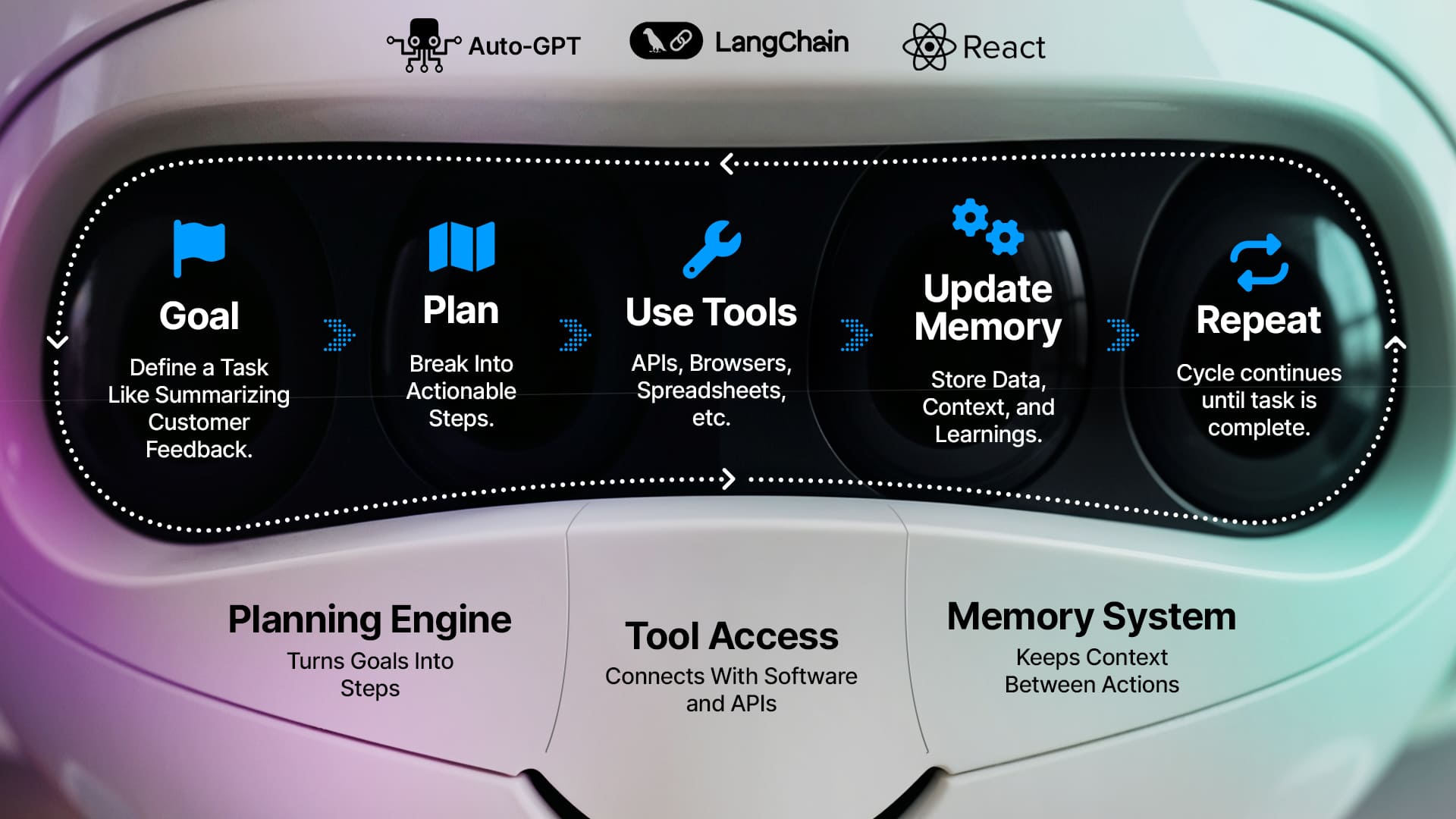
Agentic AI are a type of artificial intelligence system in which models are no longer passive tools; instead, they behave like autonomous agents capable of setting goals, planning tasks, interacting with external systems, and learning from outcomes.
In contrast to standard large language models (LLMs), which generate responses based solely on input without utilizing memory or strategy, agentic artificial intelligence introduces a new level of functionality. Agents don’t just respond, they think, act, and evolve.
So, what is an agent in artificial intelligence?
In simple terms, an AI agent is software that looks like a chatbot. It perceives its environment, decides on actions, and executes those actions to reach a defined goal. These agents often use memory to track what has already been done and adapt their strategies in real time.
Think of an LLM as a calculator: it returns answers based on input. An intelligent agent in AI is more like a digital project manager, as it can run a multi-step process, call APIs, check results, revise plans, and even collaborate with other agents.
This agentic meaning—rooted in autonomy, goal orientation, and adaptability—signals a shift in how artificial intelligence is applied across industries.
How Do AI Agents Work?
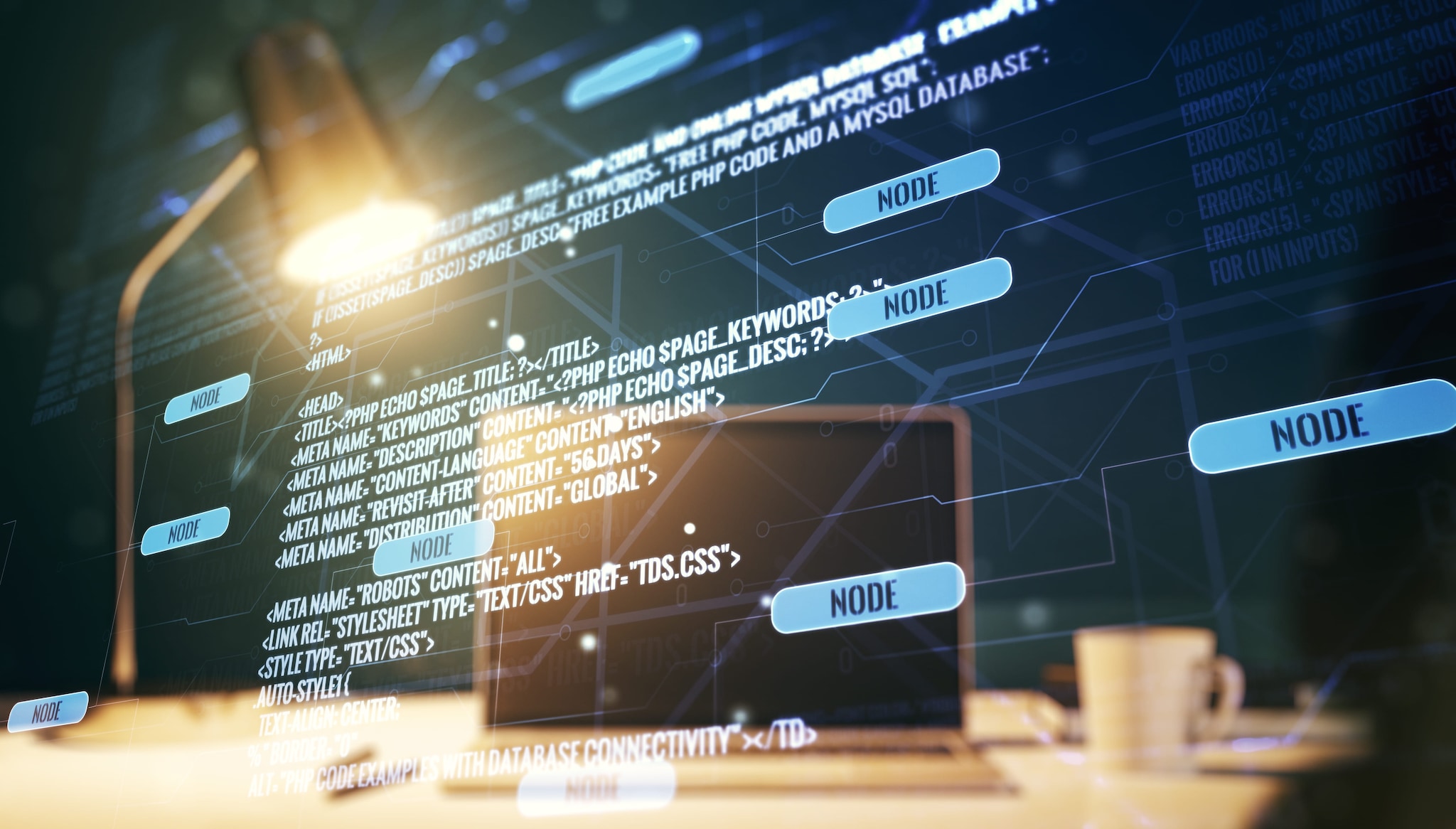
The inner workings of AI agents follow a repeatable agent loop:
● Goal Setting: e.g., “Collect customer feedback and summarize insights.”
● Planning: Define sub-tasks: scrape data, analyze sentiment, and organize by theme.
● Tool Use: Agents use APIs, browsers, databases, or even spreadsheets to complete tasks.
● Feedback: Evaluate results and determine next steps.
● Memory Update: Store new data or update contextual knowledge.
● Repeat: Continue until the desired outcome is achieved or the task is completed.
This loop, often referred to in frameworks like the ReAct loop (Reasoning and Acting), enables intelligent, iterative decision-making.
Agent Architecture in AI
To support this, an agent typically includes:
● Persistent memory modules
● Toolkits for accessing external services
● Planning engines that break goals into executable steps
● Context/history trackers for continuity Popular examples include:
Popular examples include:
● Auto-GPT: Chains together LLM prompts and actions.
● LangChain: Provides infrastructure for context-aware agent frameworks.
● ReAct: A framework combining reasoning and acting to solve tasks.
This dynamic structure makes agents in AI far more capable than static models.
Open-Source Frameworks for AI Agents
The rise of open-source AI agents has democratized access to advanced agentic capabilities. Here’s a comparison of key frameworks in 2025:
| Framework | Use Case | Strengths | Weaknesses |
|---|---|---|---|
| Auto-GPT | Experimental agent design* | Widely recognized, extensible | Hard to debug and resource heavy |
| BabyAGI | Simple task automation | Easy setup, fast deployment | Limited long-term memory |
| LangChain | Building LLM-powered apps | Strong integrations, flexible | Requires architectural knowledge |
| AutoGen | Multi-agent collaboration | Role-based agents, scalable | Newer, evolving standards |
| CrewAI | Team-based task execution | Clear role division, simple UI | Smaller community |
| OpenDevin | DevOps & engineering tasks | Deep tool integration | Needs CI/CD pipeline* setup |
Each framework has its own design principles and practical considerations.
● Auto-GPT is a pioneer in experimental agent design and has gained widespread recognition, but it is resource-intensive and difficult to debug.
● BabyAGI offers automation of simple tasks and rapid deployment, but its limited storage capacity makes it unsuitable for complex, context-sensitive workflows.
● LangChain supports LLM-based applications with strong integration and flexibility, making it ideal for teams with architectural expertise.
● AutoGen enables scalable multi-agent collaboration through a role-based structure, but the standard is still maturing.
● CrewAI makes it easy to complete team-based tasks with an easy-to-understand UI and clear division of roles, but support is limited due to the small community.
● OpenDevin excels at DevOps and engineering tasks with its deep tool integrations, but requires a CI/CD pipeline to achieve its full value.
These tools form the foundation of an agent-based AI architecture. From workflow management to coding entire applications, there's a framework to fit your needs.
Glossary:
Experimental agent design: The process of developing and testing different architectural approaches for building autonomous AI agents.
CI/CD pipeline: An automated workflow that continuously integrates, tests, and deploys code changes for faster and more reliable software delivery.
Use Cases for AI Agents
AI agents have gone far beyond chatbots. Today’s use cases span across industries, transforming how businesses operate:
1. Development & Engineering:
Tools like Devin AI automate debugging, documentation, and code generation without human intervention.
2. Research & Analytics:
Intelligent agents in AI collect data, conduct competitive analyses, and generate concise reports, eliminating the need for hours of manual research.
3. Customer Support:
AI agents connected to CRM and FAQ systems can resolve complex tickets, answer contextual queries, and process returns 24/7, providing seamless support.
4. Marketing & Sales:
From launching targeted campaigns to creating personalized content, AI agents support the whole marketing funnel with real-time data and segmentation logic.
5. Administrative Operations:
Digital assistants powered by agentic workflows can manage meetings, sort emails, prep documents, and sync project tasks.
These AI agent examples show how the technology is reshaping traditional business functions through automation and intelligence.
Challenges and Limitations

Despite their promise, AI agents face technical and ethical hurdles:
1. Hallucinations & Logic Errors
Even with planning loops, agents can follow faulty assumptions. One bad step may cascade into a complete sequence failure, known as a chain-of-thought error. For example, an AI agent asked to generate a firmware update sequence might incorrectly infer hardware capabilities from an outdated spec, then proceed with incompatible instructions, resulting in a failed or unsafe deployment.
2. Agentic Drift
Agents sometimes veer off-task, endlessly replanning or repeating actions. Poorly scoped tasks or memory mismanagement are often to blame.
3. Memory & Compute Costs
Maintaining persistent agents across long sessions can be resource-intensive. Token limits, the maximum amoung of text an AI agent can handle in a single interaction, along with external calls and storage, need careful management to keep performance efficient.
4. Security Risks
With access to tools, databases, or cloud resources, an agent can mistakenly delete, leak, or manipulate data. Strict sandboxing and permission control are essential.
5. Debugging Complexity
Autonomous behavior means debugging an agent requires tracking memory, prompts, and external calls—a complex task without the right logging systems.
6. Ethical Oversight
As agents take on tasks with real-world impact, questions arise: Who’s responsible for their actions? How do we ensure accountability and safety?
To use AI agents in real life (ex, production environments), we must understand the limits of what AI agents can and should do. Responsibility and safety aren’t optional – they’re requirements for responsibly deploying agentic AI in real-world applications.
The Future of Agentic AI
The evolution of agent-based AI is well underway. AI is currently shifting from static tools to autonomous systems that are capable of decision-making, learning, and collaboration; thus, agentic architectures are emerging as the robust framework of the future. AI agents are highly intelligent and no longer simply execute commands; they can also learn and adapt. Instead, they are orchestrating workflows, communicating with other agents, and integrating firmly into the business process. This next phase of development promises to transform how enterprises deploy AI as dynamic, goal-oriented systems that can quickly adapt, act, and learn with increasing independence. Here’s a look at several transformative trends shaping the future:
Multi-Agent Collaboration
Frameworks like CrewAI and AutoGen enable multiple agents to operate in tandem, delegating tasks, sharing knowledge, and coordinating strategies, much like specialized teams. This allows more complex, end-to-end workflows without human oversight.
Persistent Memory Agents
Today’s agents aren’t starting from scratch with each interaction. They can now retain contextual knowledge over time, learning from previous decisions, remembering user preferences, and refining workflows. This long-term memory is key to building trust and delivering consistent results.
Business-Integrated Agents
Agentic AI is moving from standalone tools to fully embedded features within enterprise platforms. Microsoft Copilot, Salesforce Einstein, and LangChain integrations of AI intelligent agents are early signals of a broader trend: AI that’s not just accessible, but native to how business gets done.
Agent Marketplaces
A new ecosystem is emerging where organizations will browse, configure, and deploy agents as easily as they browse, configure, and deploy apps. These marketplaces will enable tailored, interoperable AI solutions that suit specific business needs without requiring deep technical expertise.
From LLM-First to Agent-First
The focus is shifting from selecting the most powerful large language model to building agent-first systems, where orchestration, context awareness, and task execution take priority. Models become tools in the agent’s toolkit, not the centerpiece.
This agent-driven future positions agentic AI as a cornerstone of digital transformation, one that’s increasingly autonomous, collaborative, and deeply integrated into the fabric of modern technology.
Conclusion
Agentic AI isn’t just another trend; it’s a paradigm shift in how artificial intelligence is used. With the ability to plan, act, and adapt, AI agents surpass static models, providing a dynamic approach to automating complex tasks.
From engineering to marketing and enterprise operations, autonomous agents are already proving their value. As open-source tools grow and infrastructure matures, expect agentic AI to become a core component of modern software systems.
Organizations that adopt intelligent agents in artificial intelligence early will gain not only efficiency but a significant competitive advantage in the years ahead.
FAQ
What is agentic AI?
It’s an AI system designed to act as an autonomous agent, capable of setting goals, planning tasks, using tools, and learning from feedback.
What’s the difference between Agentic AI and tools like ChatGPT or other generative AI models?
While generative AI, such as ChatGPT, focuses on producing content in response to prompts, Agentic AI is designed to autonomously plan, make decisions, take actions, and interact with other systems or agents to accomplish goals, often without requiring constant human input.
How does an LLM differ from an AI agent?
LLMs generate text responses. AI agents utilize LLMs as part of a broader system that encompasses memory, planning, and tool use to accomplish tasks.
Can I create my own AI agent?
Yes. Open-source frameworks like Auto-GPT, LangChain, and CrewAI allow anyone to experiment with agent-based AI.
What are the best open-source frameworks?
- LangChain: Great for integrations
- CrewAI: Excellent for team-based agents
- AutoGen: Ideal for multi-agent orchestration
- OpenDevin: Tailored for development tasks
Are AI agents safe for production use?
Only with safeguards. Implement a technique known as sandboxing, which creates an isolated testing environment for AI systems and models, thereby preventing interference with sensitive data or real-world systems. Additionally, implement permission checks and monitoring to prevent errors or misuse.
How are AI agents used in business?
They automate tasks in development, analytics, marketing, and customer service—helping companies scale without adding overhead.
How do agents collaborate?
Using frameworks like AutoGen, agents with different roles can communicate, delegate tasks, and collaborate to complete them.
TDK is a comprehensive electronic components manufacturer leading the world in magnetic technology



